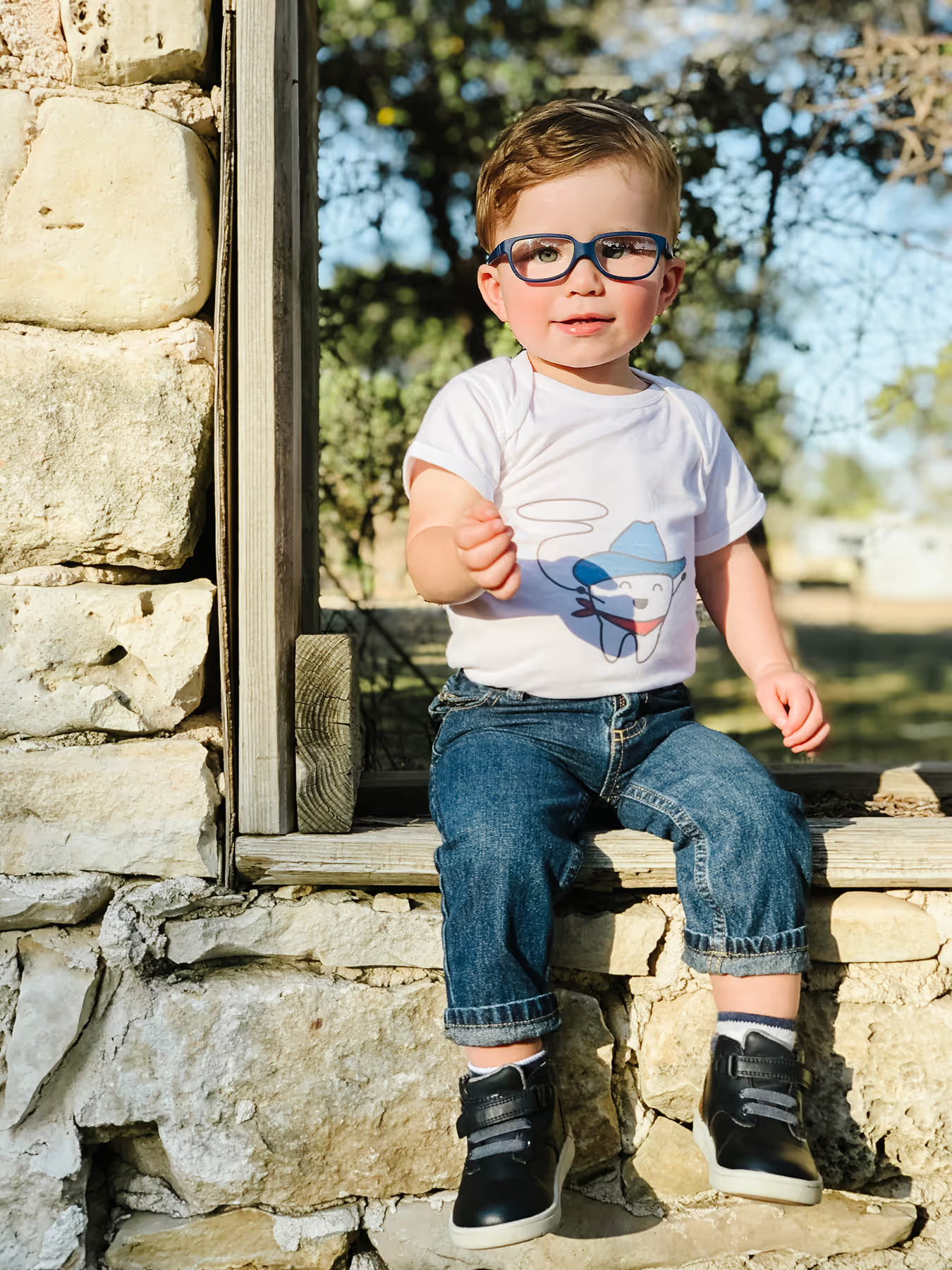The answer is usually “no.” As the name suggests, the Emergency Room (ER) at a hospital is for very serious, life-threatening emergencies only. In most cases, tooth pain does not qualify as a life-threatening emergency, so it’s not a good idea to go to the ER for treatment. Instead, you should see a qualified pediatric emergency dentist like Dr. Alex.
Another reason not to go to the ER is that most emergency rooms don’t have a dentist on staff. If the ER does have a dentist, they usually will not specialize in pediatric dental care. Even if you do go to the emergency room, the staff may recommend that you see a local emergency dentist for treatment.
One more reason to avoid the ER is that it’s much more expensive. Even if your child needs minor dental treatment and the ER can provide it, you’ll pay a premium compared to the cost of taking your child to an emergency dentist in South Austin, Kyle, or Buda.
There are exceptions, of course. If you truly believe that your child’s life is in danger, you should absolutely take them to the ER. For example, if they get into a nasty accident and you suspect that they have a broken jaw, you should head straight to the emergency room. Or, if they have a dental issue that’s preventing them from swallowing or breathing properly, the ER is the right place to go.
Overall, you should use your best judgment. While tooth pain and other dental emergencies can be urgent and require immediate care, they are not usually life-threatening. This means that Kids Tooth Team is usually the best place to seek emergency care for your child.





